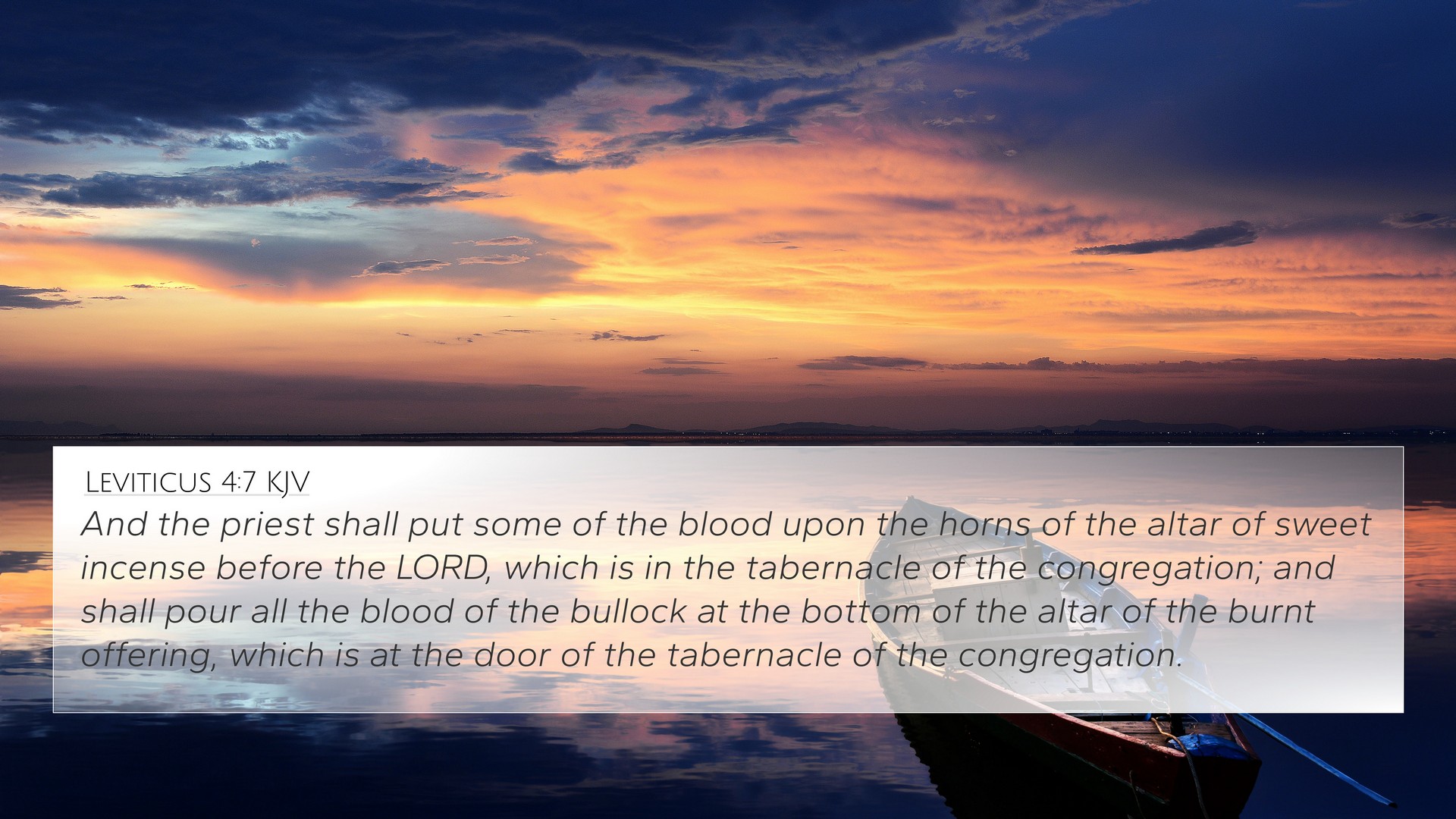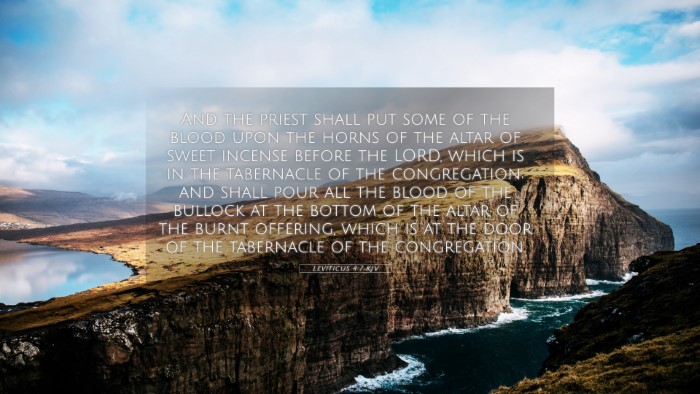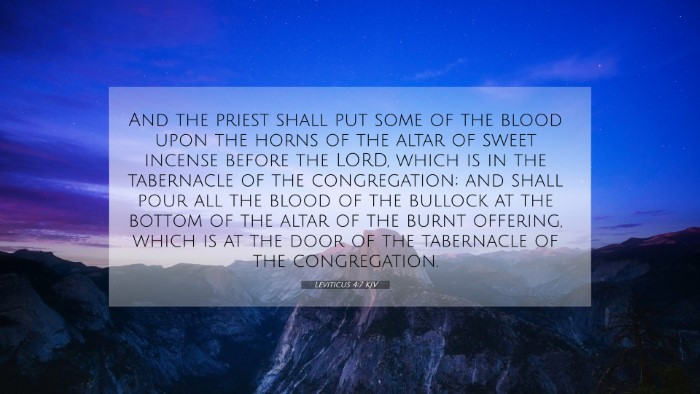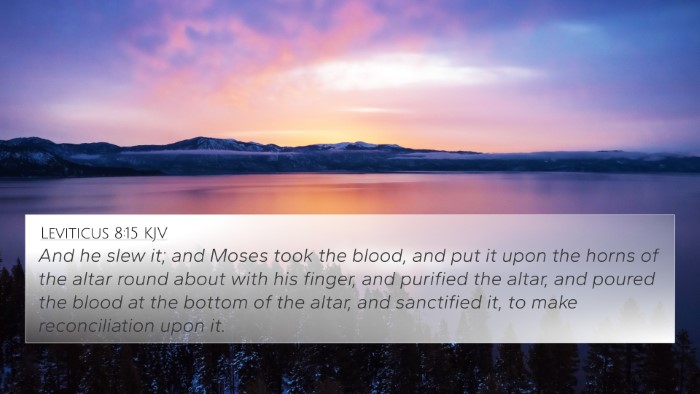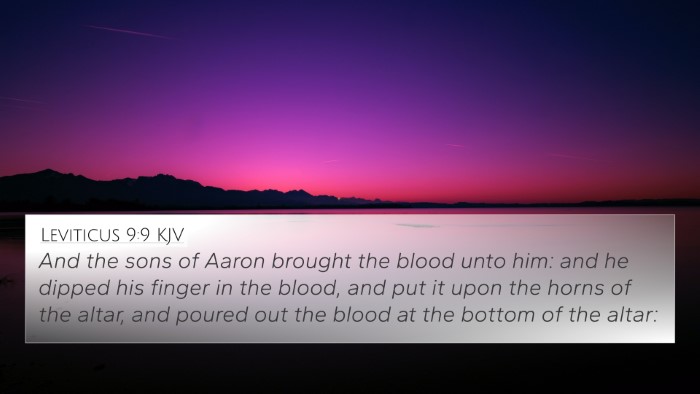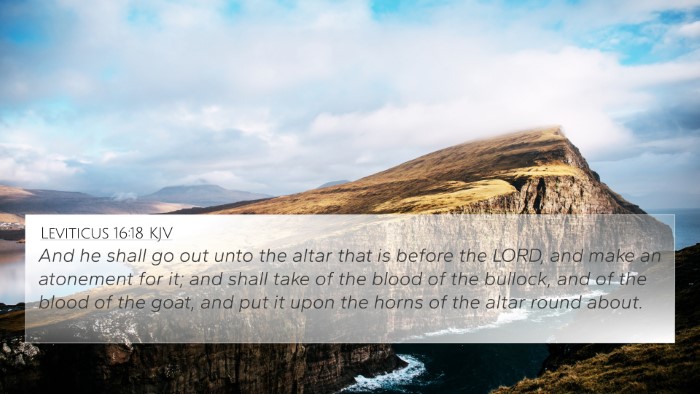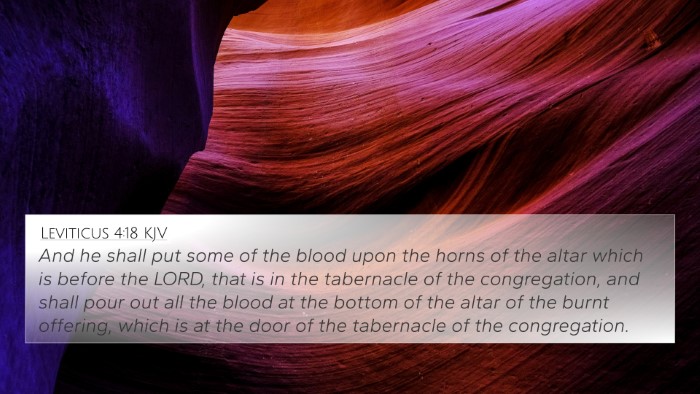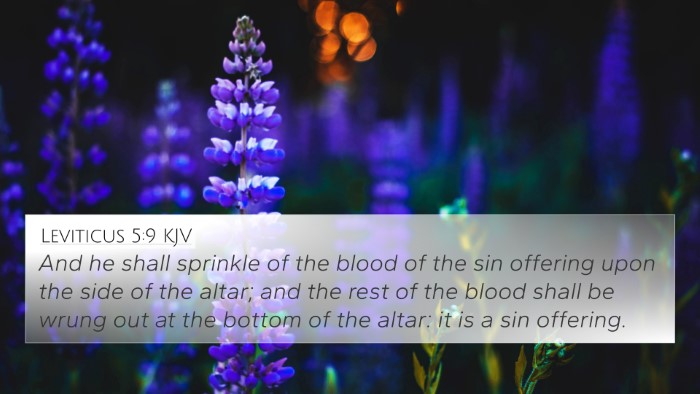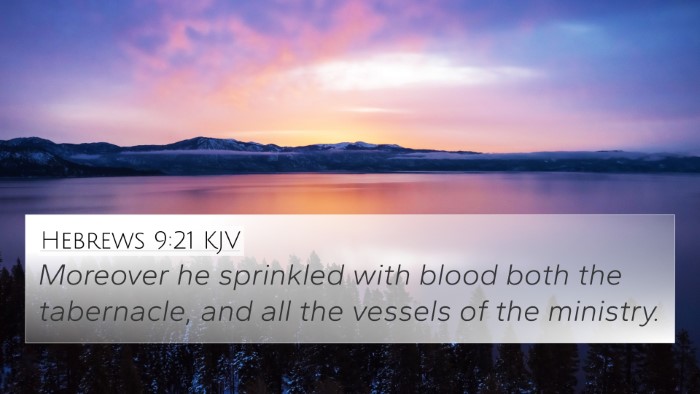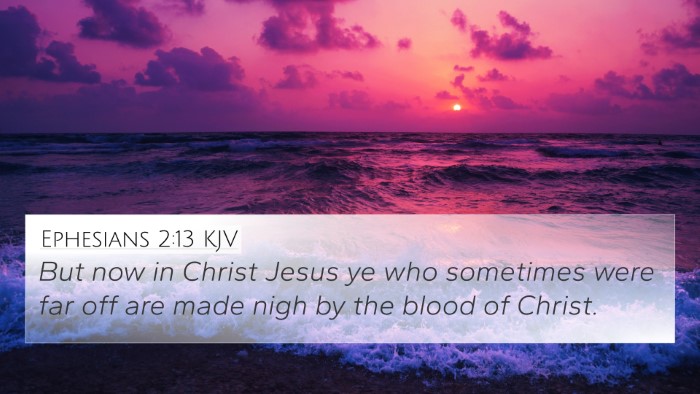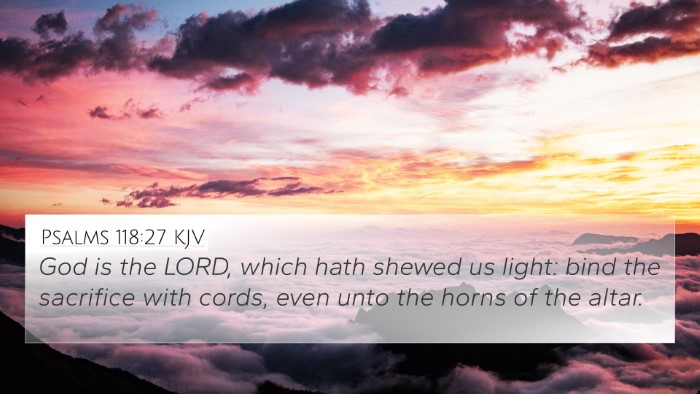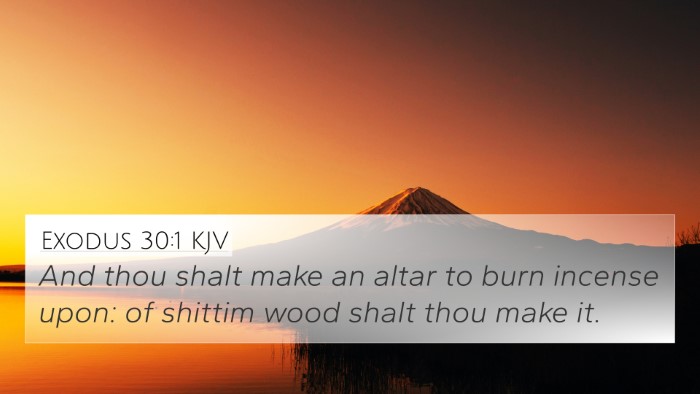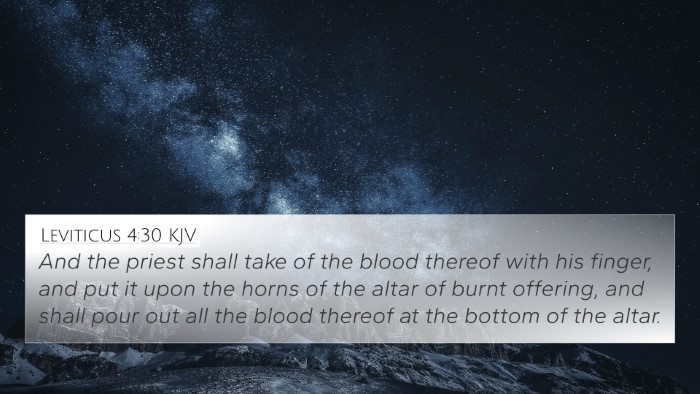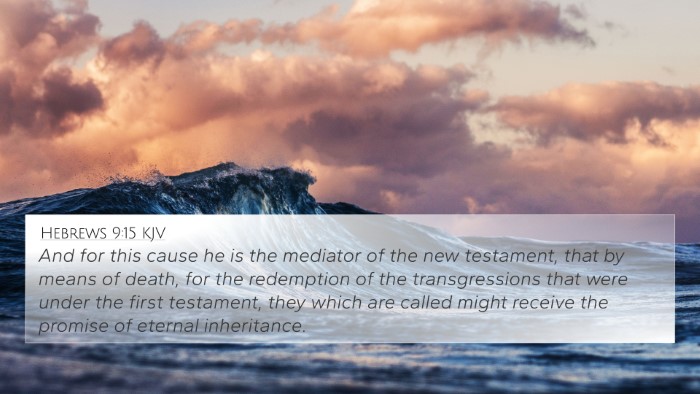Understanding Leviticus 4:7
Bible Verse: Leviticus 4:7 - “And the priest shall put some of the blood upon the horns of the altar of sweet incense before the Lord, which is in the tabernacle of the congregation; and all the blood of the bullock shall he pour out at the bottom of the altar of the burnt offering, which is at the door of the tabernacle of the congregation.”
Context and Significance
This verse appears within the sacrificial laws of Leviticus, serving as an instruction for the proper handling of the blood of a sin offering. It highlights the importance of ritual and symbolism in approaching God, emphasizing both atonement and the holiness of the sanctuary.
Commentary Insights
-
Matthew Henry:
Henry emphasizes the significance of blood in the context of atonement, explaining that the application of blood signifies the transfer of sin from the sinner to the sin offering. It illustrates the principle that without the shedding of blood, there can be no remission of sins (Hebrews 9:22).
-
Albert Barnes:
Barnes notes the ritualistic aspects of this verse, underscoring that the priest’s actions are crucial for the intercession of the people before God. He also highlights how this act serves as a foreshadowing of Christ's ultimate sacrifice, reinforcing the link between Old Testament ceremonies and New Testament beliefs.
-
Adam Clarke:
Clarke provides insight into the symbolism of incense and blood. He explains that the blood's application on the altar of incense indicates purification and dedication to God, while the pouring out of the blood signifies complete surrender and acknowledgment of sin. This act is foundational for understanding the broader sacrificial system.
Thematic Connections
This verse connects to various themes within the Bible, particularly around the concepts of sacrifice, atonement, and divine holiness. Below are related themes and connection points:
- Atonement and Sacrifice: The sacrificial system outlined in Leviticus serves as a precursor to the ultimate sacrifice of Christ, creating a thematic link between the Old and New Testaments.
- Priestly Mediation: The role of the priest in this verse illustrates the mediator’s function, which is fulfilled in Christ as our High Priest (Hebrews 4:14).
- Presence of God: The application of blood near the altar reflects the need for purification when approaching God's presence (Exodus 30:10).
- Holiness of God: God’s requirement for holiness through sacrifices highlights His nature, which is further elaborated in the New Testament (1 Peter 1:16).
- Foreshadowing of Christ: The act of applying blood in the Old Testament points to Christ’s blood shed for humanity (Matthew 26:28).
Key Cross References
This verse can be cross-referenced with the following passages for deeper understanding:
- Exodus 30:10: "And Aaron shall make an atonement upon the horns of it once in a year..." - This verse relates to the atonement process involving the altar.
- Hebrews 9:22: "And almost all things are by the law purged with blood; and without shedding of blood is no remission." - Directly connects the concept of blood for atonement.
- Leviticus 16:15: "Then shall he kill the goat of the sin offering, that is for the people, and bring his blood within the veil..." - Discusses another instance of blood used for atonement.
- 1 Peter 1:19: "But with the precious blood of Christ, as of a lamb without blemish and without spot." - Links the sacrifice of Christ to Old Testament practices.
- Romans 3:25: "Whom God hath set forth to be a propitiation through faith in his blood..." - Explains the New Testament fulfillment of blood sacrifice.
- Hebrews 10:4: "For it is not possible that the blood of bulls and of goats should take away sins." - Acknowledges the limitations of Old Testament sacrifices.
- John 1:29: "Behold the Lamb of God, which taketh away the sin of the world." - Identifies Jesus as the final sacrifice.
Conclusion
Leviticus 4:7 serves as a crucial connection point within the narrative of salvation history, linking the sacrificial practices of the Old Testament to the ultimate act of redemption through Christ. Understanding this verse within its wider context and through cross-referencing provides valuable insight into the themes of atonement, sacrifice, and divine mediation.
